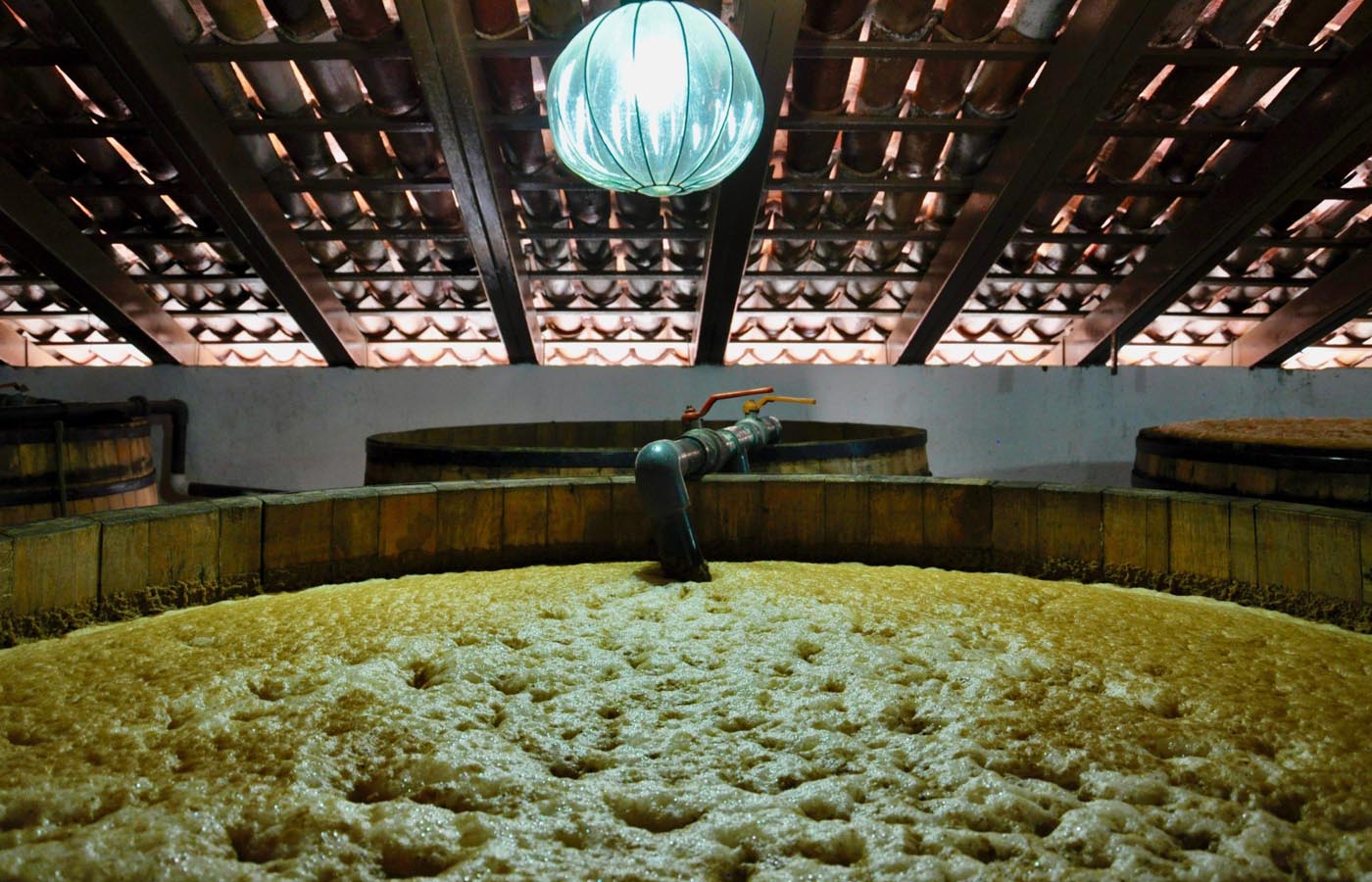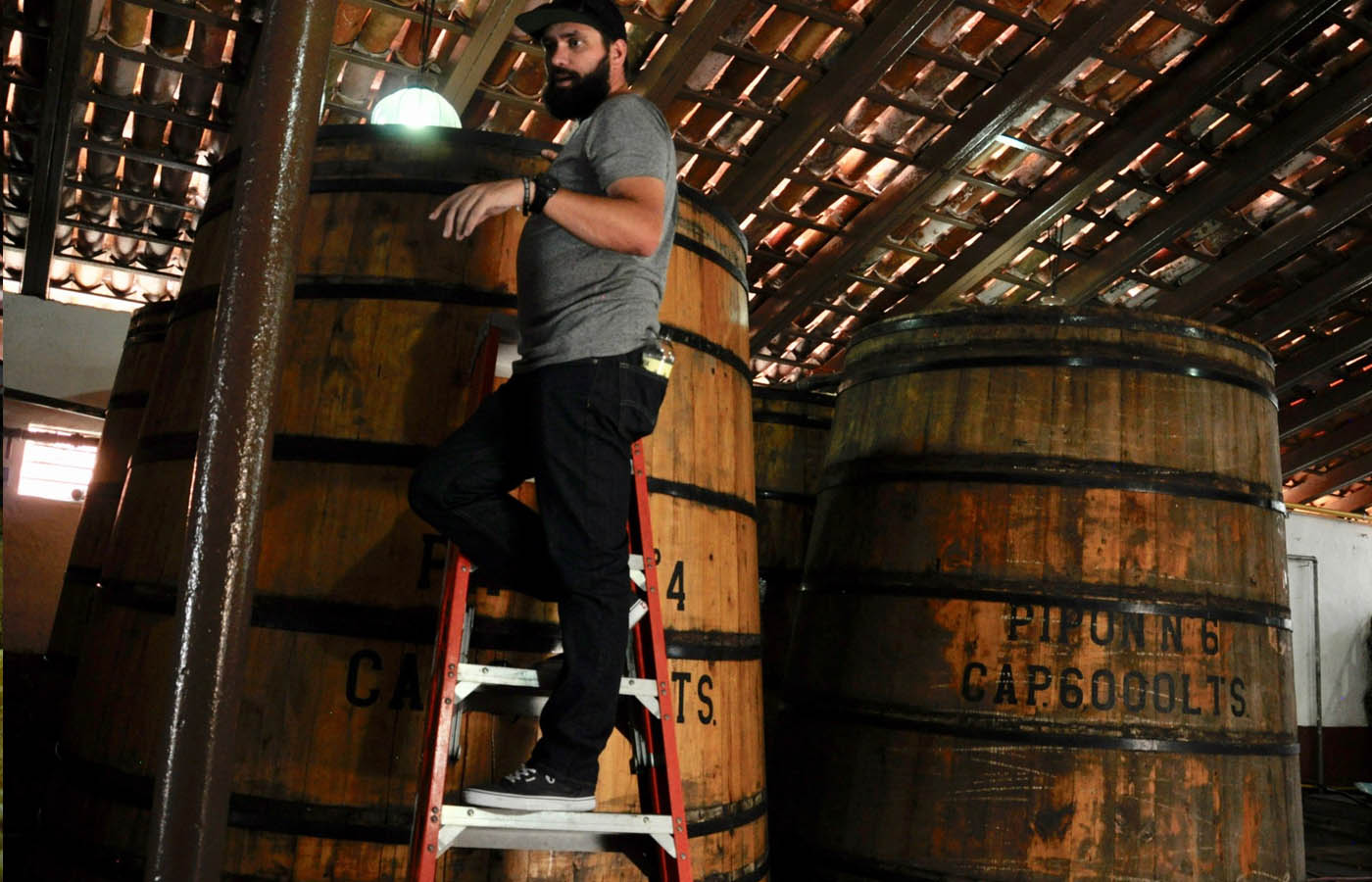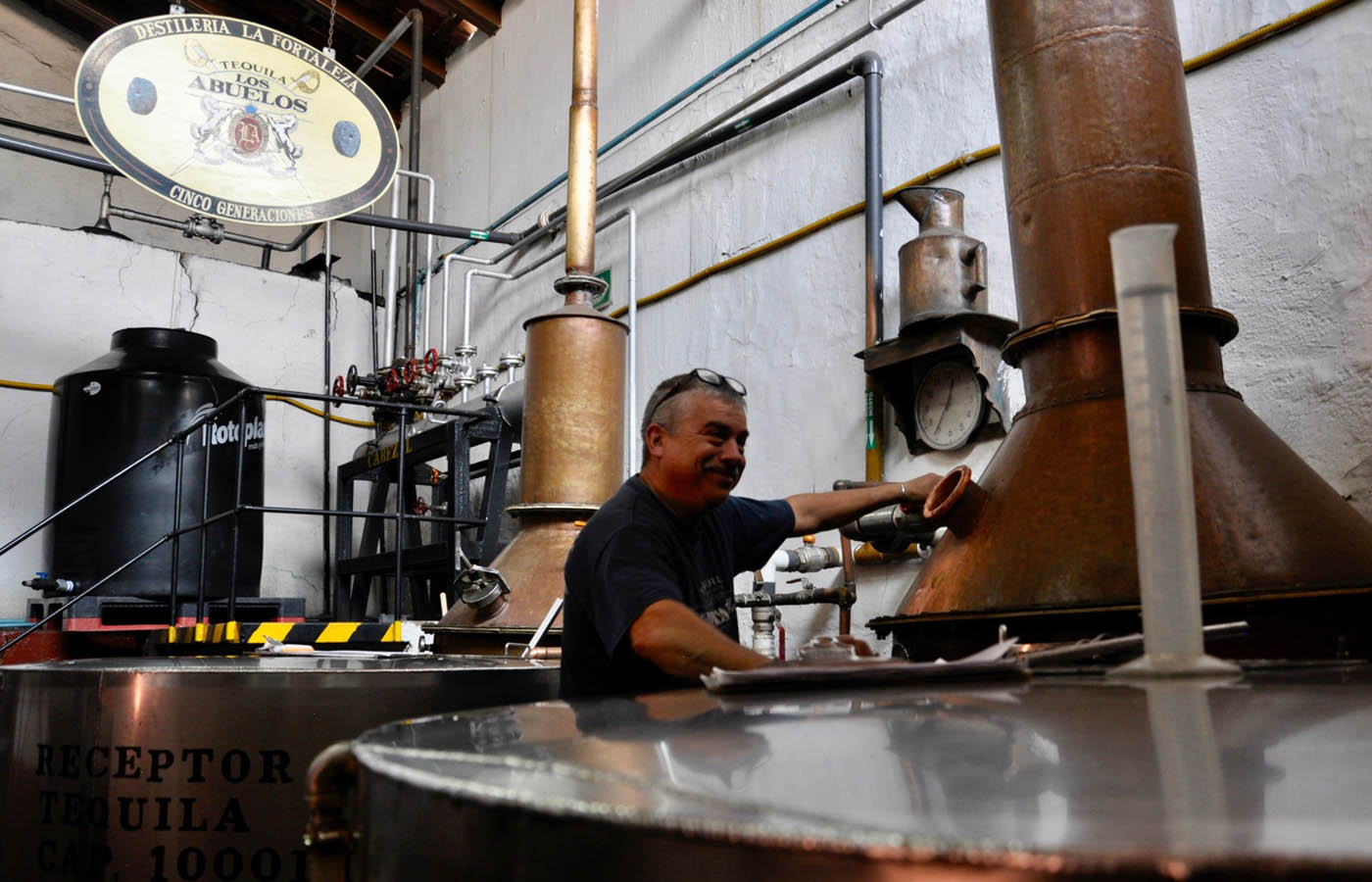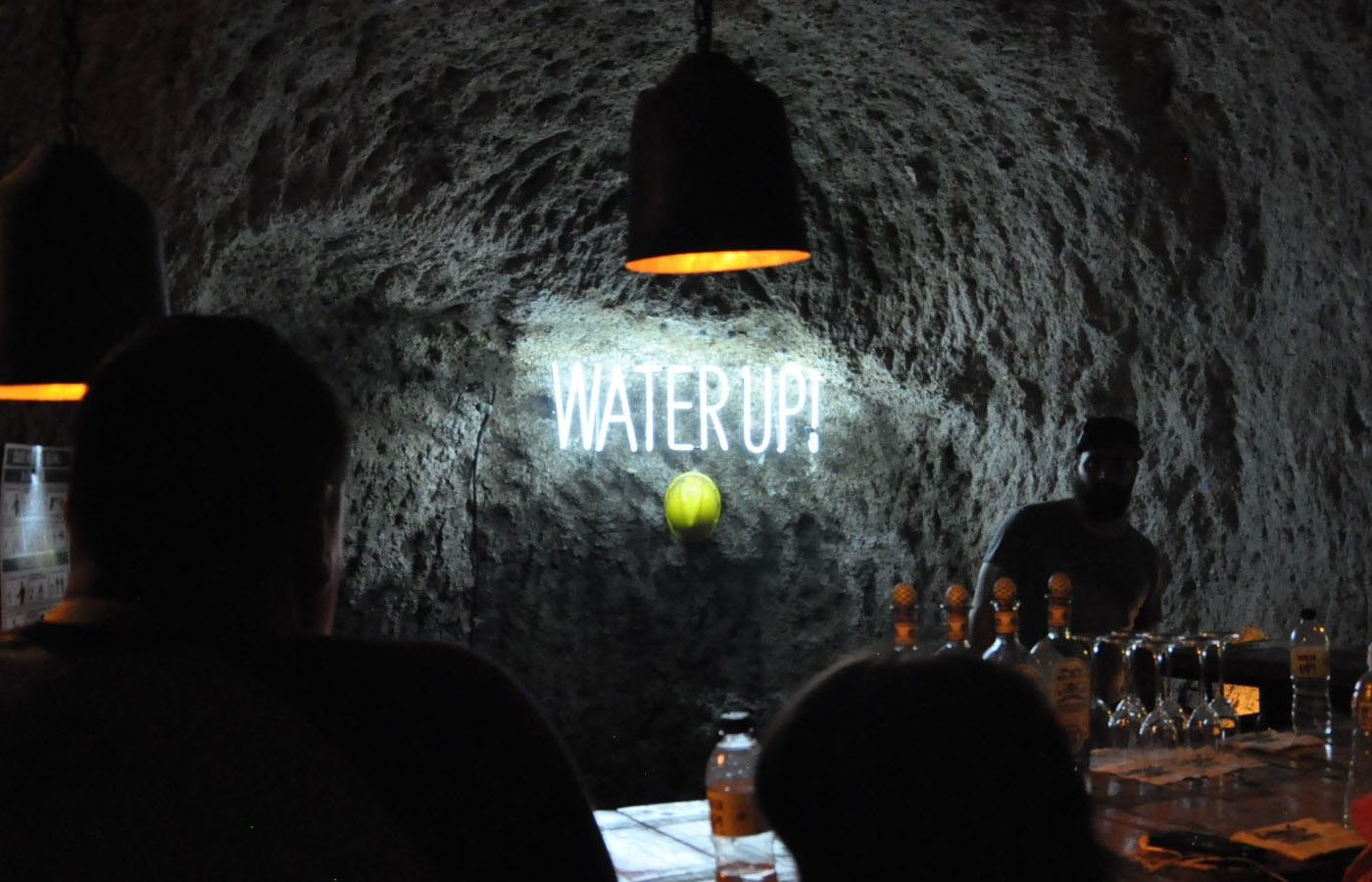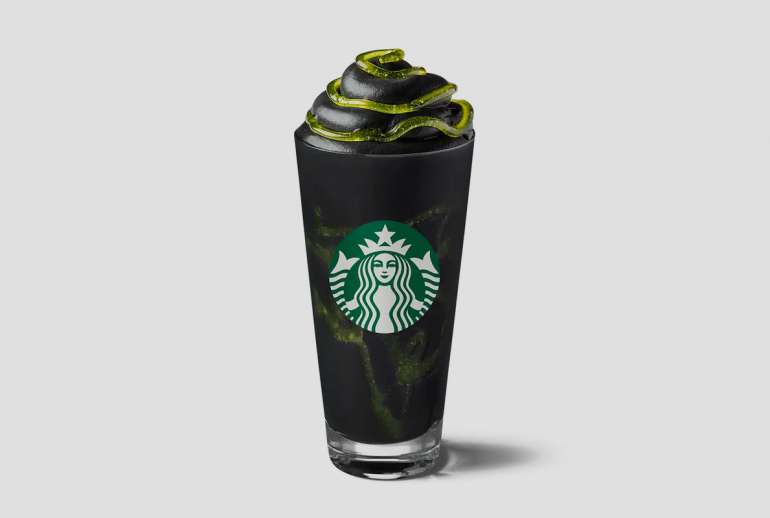It’s not uncommon to see people cringe when the word Tequila is mentioned. Too many people recall a memory of Tequila from college party days, one too many shots and horrible hangovers – certainly things you’re happy to forget. The problem with this scenario is that people walk away with the idea of Tequila being a cheap and awful drink and don’t give it the second chance it deserves. Hence, Tequila falls victim to twenty-one year old decision making and a limited budgets.
Tequila is to Mexico what Champaign is to France. The government regulates the production of Tequila under strict guidelines. If deviations from the rules are made the drink cannot be labeled as such – a step most countries take to protect their high-quality products and exports in a world marketplace. Tequila is important to the Mexican economy as well as a veritable pillar of culture too.
Let’s discuss the different levels within the Tequila family: a less familiar drink that’s kinda related to Tequila is called Mezcal. Mezcal has a full-bodied and rather heavy and smoky flavor when compared to Tequila. Not a lot of people in the United States drink it at the moment, but it’s becoming more popular over time. It’s important, however, to understand the difference between the two.
Tequila’s base ingredient is specifically, the blue agave plant, a type of succulent that prefers to grow at high altitudes over 5,000 feet in sandy and rich soils. I will also add here because it’s interesting, that the blue agave is pollinated by a particular species of long nose bat. On the other hand, Mezcal is produced from any of the other 32 different varieties of agave plant that exist – thus, Mezcal will vary significantly in both quality and flavor.

You can easily verify what you’re drinking by fact checking the label with your own eyes. It should say in print somewhere on the bottle ‘100% Blue Agave’. If you cannot find these words or it doesn’t say so, then you are not drinking the real thing that legends are made of.
I had been dying to road trip to where Tequila is made for a while. The funny thing is, the name of the town is actually called Tequila. And while Tequila is the origin and epicenter of production, it is by no means the only location where the drink is created as other states in Mexico currently contribute to the overall production as well.
Through a couple of connections of mine, I was able to arrange a private tour of the Los Abuelos distillery – which is usually reserved for restaurant and bar personnel only in the industry. I was super excited to tour the facility and hopeful that it would end with some seriously fun and delicious tasting opportunities.
Tequila has been processed and handled in the same manner for the last 145 years. Los Abuelos is the name of the distillery and within Mexico. Outside of Mexico, Los Abuelos Tequila is sold under the brand, Fortaleza. The first mover of the Los Abuelos Tequila production empire was a great-great-grandfather from the region named Don Cenobio. Senior Don had founded the distillery and was the one to come up with the brilliant idea of exporting to the United States. At the time, the drink was being sold as ‘Mexican Whiskey’ – which definitely seems like a base name for such an amazing product. Don Cenobio was also to write down the canon of rules to be followed when making the product; he decided that only the super high quality Blue Agave could be used. After five continuous generations, the Los Abuelos distillery eventually fell into disrepair and its doors were shuttered. But back in 2005, a relative named Don Guillermo, was committed to getting the business back up and running. And, this time when he did, he named it, Fortaleza.
In order to be well versed in Tequila, you should understand how it’s made so you can impress a date or friends with your awesome knowledge. Each agave plant must grow to a certain phase of maturity, a process that takes seven years on average. At which time the agave plant can finally be harvested. The plant is cut in a way that isolates the core, called the Piña.
Trucks pull into the fields and are loaded up with the plants. Once the beds are brimming with Piñas, they are delivered to the distillery and placed inside of a giant steam oven known as a ‘horno de mamposteria’. The oven breaks down the centers into a sugary substance that’s caramel-like in appearance. You can actually taste it at this point, and guess what, it’s sweet and good! A word to the wise though – your bowels will relax if you ingest too much – then your date or friends won’t think you’re so cool.
Afterwards, the Piñas are crushed and ground down by an old mill-stone wheel that has been used since the early twentieth century. Juice is extracted and flows like liquid gold into the barrels where the sugar is allowed to ferment before being put into the still. The workers at the factory seem satisfied and happy. Everyone treats each other like family. The employees take pride in what they do, with often the next generation being employed.
The mixture remains in the still until the percentage of alcohol desired is reached. Once this happens, it can now be called Tequila, and is ready for bottling as a ‘Blanco’, referred to as silver. Blanco Tequilas are considered the least expensive of all due to the lack of any aging process – there isn’t a whole lot of color and the flavor is extremely mild. Some like it, but the real connoisseurs in the know will scoff at the stuff.
I was surprised to find out that the barrels used in the Fortaleza aging process are American oak from the Jack Daniels distillery in Tennessee. The barrels are important because they impart a unique and rich aroma that leads to the Reposado and Anejo being more robust with unique oaky and caramel overtones. It’s truly advised to take your time to taste, enjoy, and reflect upon this finely crafted Mexican spirit – a friendly reminder in an age of shot slamming.
On the Fortaleza premises is a really cool bar that’s been hewn out of the area’s natural bedrock. You’re directed to follow half lit lamps that lead to a dim, cool and humid cave. My eyes need time to adjust, but when they finally do, I am shocked to see the size of the cave system. I let my imagination run wild with thoughts of a bommer parties taking place here and first-rate bartenders with a endless supply of Tequila. There were even a couple of bats hanging out in the cave, but they were more interested in sleeping than Tequila tasting. They belong here too as they’re an integral part of the process.
We sidle up to the bar with a bright neon sign reminding everyone to ‘water up’ while here. A Fortaleza employee named Kobe, who happens to be the first certified Tequila Master from Belgium, explains to us the four different types of the tequila available along with distinctive characteristics of each. Finally and at long last, libations are flowing and the silly banter kicks into gear – things start to get really fun.
Visiting Fortaleza is a highly recommended trip. The distillery sits on a gorgeous and sprawling property in the corner of Tequila, Jalisco. If we choose to drink Tequila, we play a role in ensuring the distillery’s economic viability and the survival of the town. We also indirectly support the preservation of a classic Mexican cultural heritage. The generations of the family and employees who work at Fortaleza are first and foremost craftsmen in making one of the finest quality Tequilas out there.






